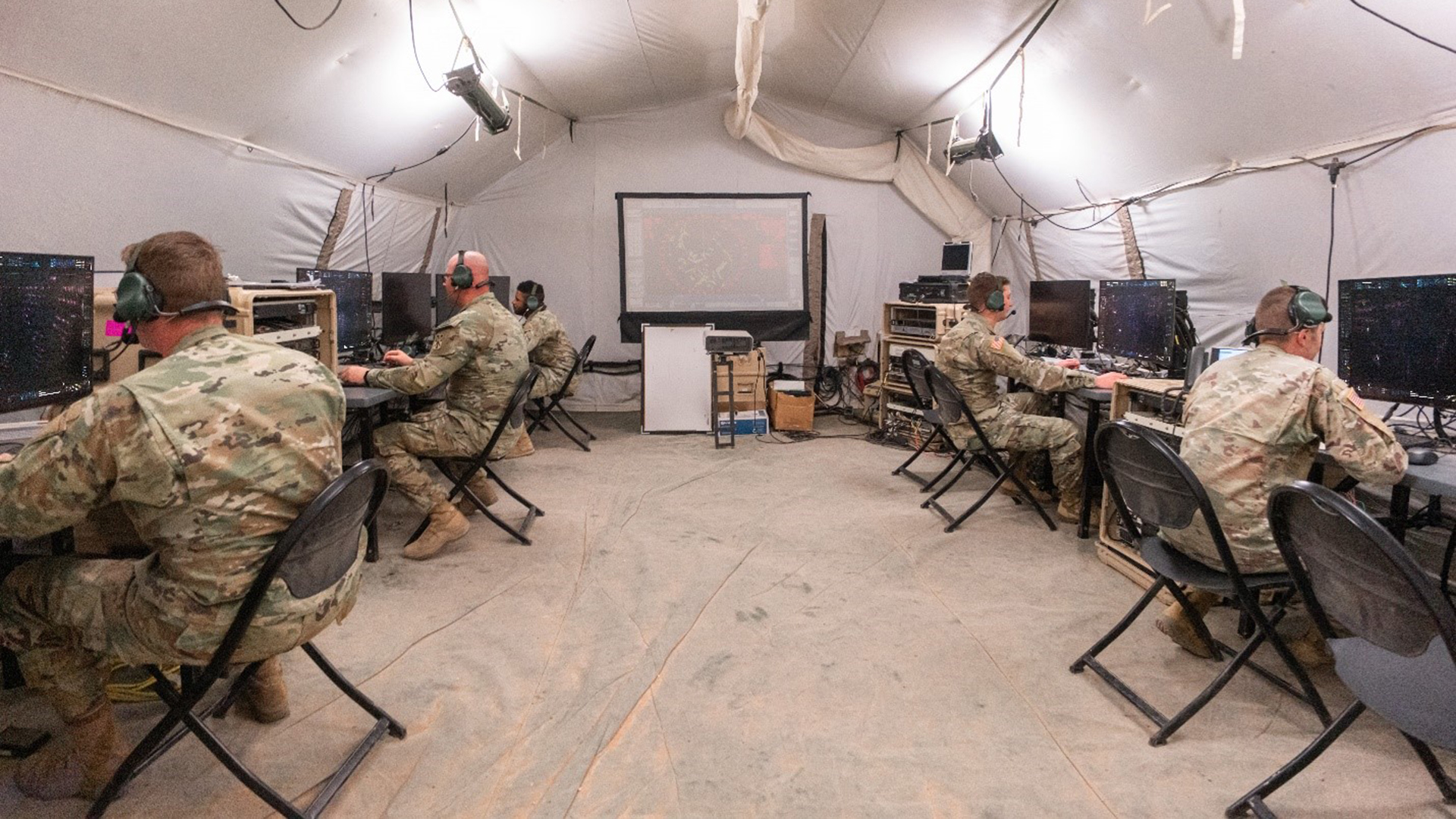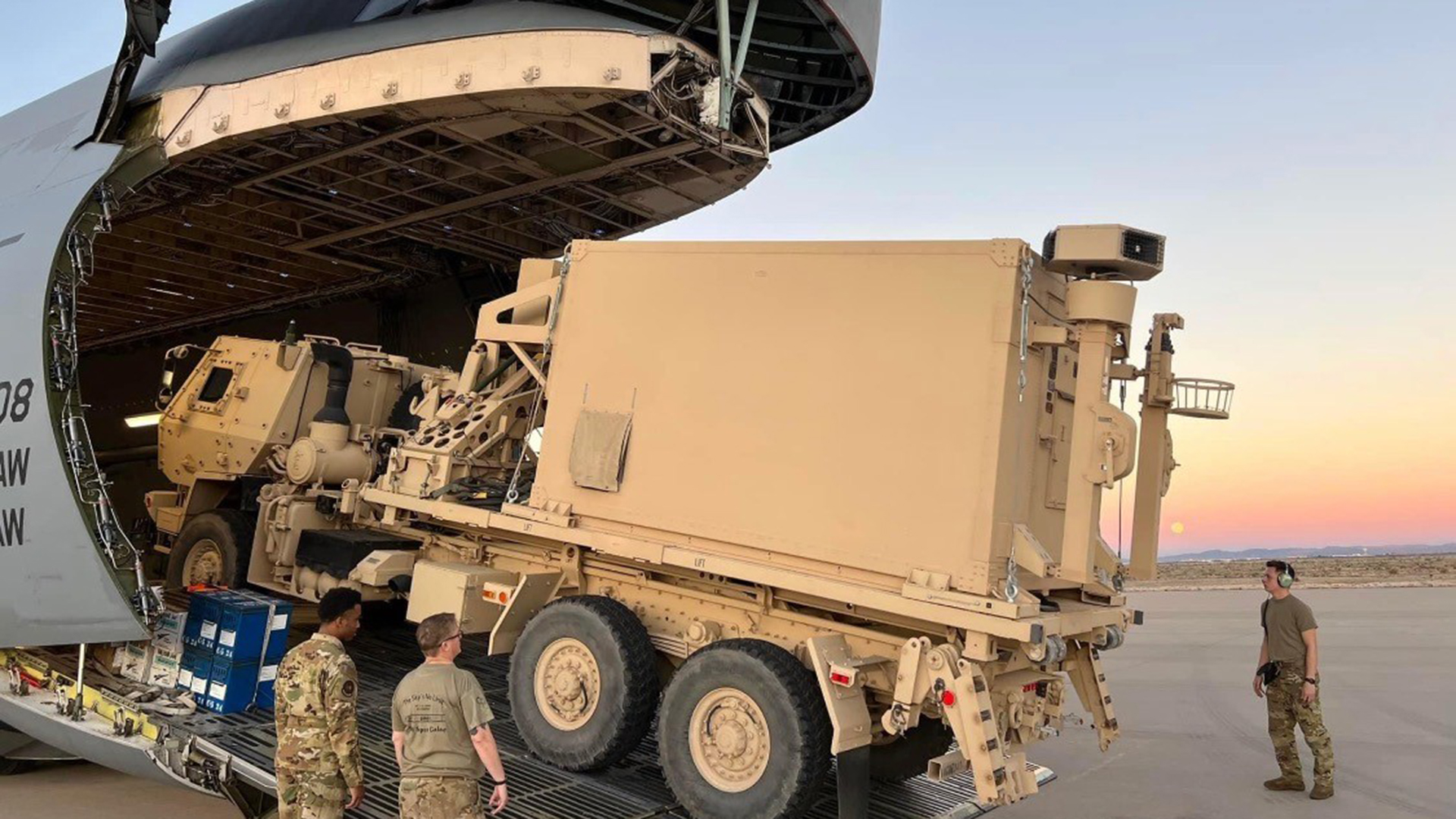f you didn’t hear back about that great-looking tech position you applied for, it might not be because there were too many applicants scrambling to find a job amid rolling layoffs. There’s a distinct possibility the posting was fake to begin with.
We’re talking here about “ghost jobs” a practice of posting openings for positions that are fake, already filled, or intended for internal applicants and only opened to the public for legal purposes.
[…]
According to research published in August by MyPerfectResume, 81 percent of recruiters admitted to posting ghost jobs, with 41 percent saying half or more of the jobs they post are straight-up fake. Resume Builder similarly found by speaking to more than a thousand hiring managers that 40 percent of companies posted fake jobs in the past year, and that three in ten had active fake openings posted as of June, when it published its report.
Resumes, ghost openings are the lash
According to those two reports, the reasons companies post ghost jobs are, frankly, insidious. While some ghost posts are about collating a list of outside talent for future roles or making it appear like a company is growing when it isn’t, the other justifications basically boil down to torturing employees into working harder.
Resume Builder found that 63 percent of hiring managers posted ghost jobs to signal to overworked employees that relief was on the way, while 62 percent said they did it to make employees feel replaceable. MyPerfectResume found similar justifications, in addition to maintaining a presence on job boards while not hiring, “assess how difficult it would be to replace certain employees,” and “make the company look viable during a hiring freeze.”
[…]
Legal news site Above The Law noted earlier this year that there aren’t any laws against posting ghost jobs, meaning the practice is likely to continue as more tech workers find themselves adrift from a job and frantically looking for a safe harbor.
“It’s a concerning scenario, particularly when these misleading postings originate from HR departments — the very entities entrusted with shaping accurate perceptions of their organizations,” said Stacie Haller, chief career advisor at Resume Builder. “Whether it’s to create an illusion of company expansion or to foster a sense of replaceability among employees, such practices are not acceptable.”
Creating laws to eliminate ghost job postings may be easier said than done, Above The Law noted. It’s likely a state matter, tax attorney Steven Chung wrote, but he noted that any legislation would need to toe a fine line between enforcing fair postings and leaving companies in a position to have to hire people that might not be the right fit.
“Businesses have incentives to post job openings they do not intend to fill,” Chung said. “Governments should investigate this to make sure that job seekers are not led on wild goose chases while giving enough flexibility to allow businesses to hire anyone based on good business judgment.”
[…]
Apologies to the laid-off masses in the tech industry and beyond, but it looks like you’ll end up wasting time in your job hunt applying for fake positions, and it’s all perfectly legal. ®
Source: Fake job postings proliferate in layoff-hit tech industry • The Register


